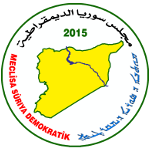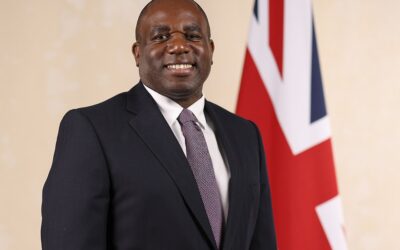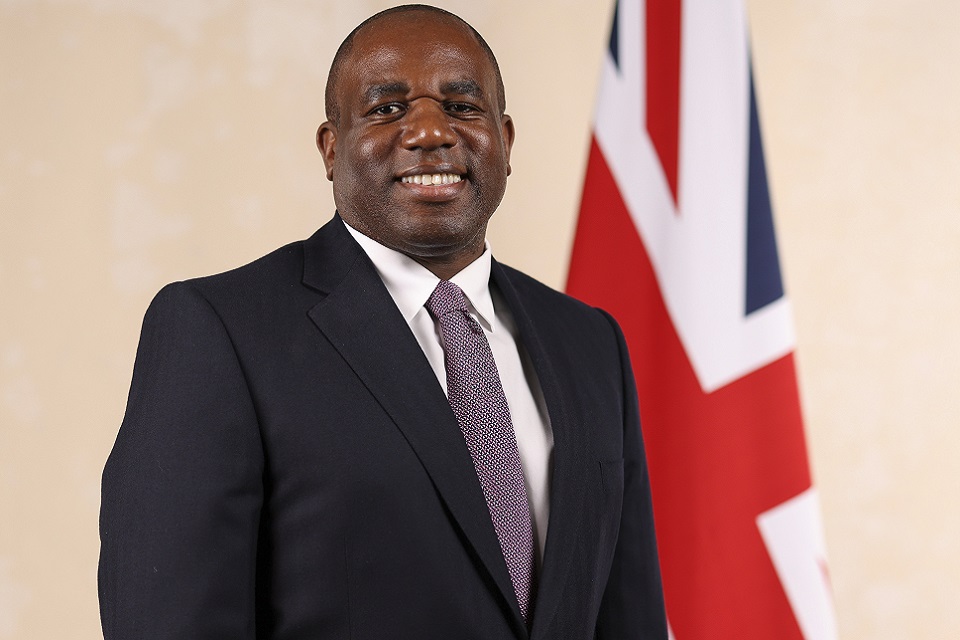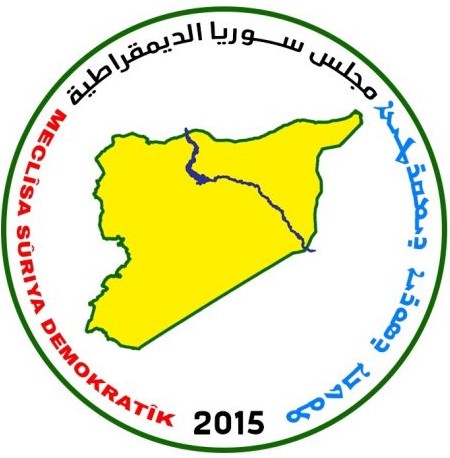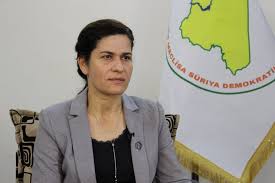In 2024, the Syrian economy has no visions and blurry features.
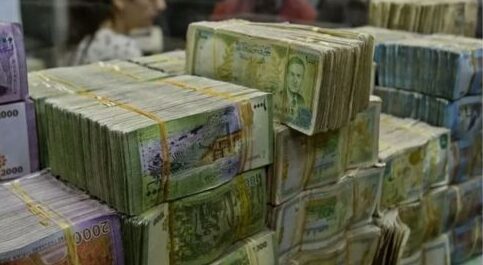
The Syrian economy in 2024 faces numerous challenges, including poor economic indicators and the failed management of the state. These factors exacerbate the living and economic crises experienced by Syrians. One of the main reasons for the worsening living conditions is the absolute control over the state’s resources and their allocation to projects benefiting specific individuals, rather than being used to improve the lives of the Syrian people. This skewed allocation of resources has led to a collapse of the economy and a sharp devaluation of the Syrian pound. As a result, poverty and destitution have become daily challenges for the majority of Syrians.
Since the relative calm in the Syrian conflict and the transition to what the authorities call a “reconciliation approach,” there have been no significant positive developments in the economic and living standards of Syrians. Despite the implementation of economic decrees and decisions, the crises persist. Many Syrians believe that these economic measures primarily serve a specific group closely tied to the ruling authorities. This situation has had catastrophic consequences, as confirmed by various international institutions, including the ICRC (International Committee of the Red Cross), which states that around 90% of Syrians live below the poverty line, with over 15 million people in need of humanitarian assistance.
Some observers of the Syrian situation attribute the ongoing severe crises to the absence of a political solution and the authorities’ monopolization of economic power. This has resulted in an inflation rate exceeding 156% in 2023, with the Syrian pound losing all its value. Recently, the exchange rate of one US dollar reached over 14,000 Syrian pounds, compared to half that value at the beginning of 2023. Inflation has become a defining characteristic of the Syrian economy during the war, particularly in recent years.
According to an anonymous economist, the remaining savings of Syrians have been depleted, pushing the majority of them into poverty and food insecurity. The UN economic reports indicate that around 90% of Syrians are below the poverty line, but the economist claims that the figure is closer to 96%. The impact of inflation is felt most strongly among those with lower incomes.
A report by Human Rights Watch highlights the economic losses of the Syrian war, amounting to around $1.2 trillion by 2022. It also states that 13.4 million Syrians require humanitarian assistance. Consequently, 2024 is expected to be an extremely challenging year for Syrians, especially considering the absence of effective crisis management by the authorities, who operate on a “hit or miss the target” basis, further exacerbating the living and economic crises faced by Syrians.
The reality of the situation confirms that the Syrian economy will remain stagnant in 2024. The authorities are unable to devise emergency economic solutions due to the sale of all sovereign assets to their allies. This has left the authorities in a bind, with no economic leverage. While the authorities continue to pay salaries, they hold little value and barely last for three days. The Syrian pound has become virtually worthless, rendering it as nothing more than printed paper with no value. The budget, which increased from 750 billion Syrian pounds in 2011 to 16.5 trillion Syrian pounds in 2023, will double again in 2024, reaching 35.5 trillion Syrian pounds. Consequently, the Syrian pound has lost its financial value, pushing 96% of Syrians below the poverty line. Syrians now struggle to afford even one meal per day, compared to the three meals they used to have.
Considering the continuous economic deterioration and the policies of the authorities, the Syrian economy has no future without a comprehensive political solution that addresses the Syrians’ needs. The ruling authorities seem unaffected by the living and economic crises faced by the people and instead prioritize economic policies that place restrictions and pressures on commercial activities. This further adds to the suffering of merchants and business operations. The authorities’ focus on their own economic laws has not alleviated the living and economic crises but has contributed to corruption, with militias and security checkpoints targeting convoys to extort illegal tributes and goods.
As a result of these practices and the authority’s policies, Syrian traders have been choked out, forcing them to withdraw from the Syrian market to minimize their losses and preserve their remaining capital. In meetings with officials, traders and businessmen were told explicitly that the state needed their money and cooperation to prevent the economy from collapsing. While the traders expressed their willingness to cooperate, they requested support in the form of reduced-priced fuel, economic decisions that align with the reality on the ground, and an end to harassment of their goods and convoys at military checkpoints. Economic and legal pressures on the traders increased over the years, leaving them with no choice but to cease their business operations or seek investment opportunities outside of Syria.
Despite relative stability in most areas under the authorities’ control, living crises continue to worsen. Syrians’ purchasing power has dwindled due to a significant income-pricing gap, poor administrative performance, and legislative decrees that promote and legitimize corruption, leading to its widespread prevalence and confiscation of Syrians’ property. Such conditions have left Syrians in these areas struggling to secure their daily sustenance.
The causes and determinants of Syria’s economic collapse are evident. One significant factor is the authority’s policy of preventing the circulation of non-Syrian currencies, except through their own channels. This has deprived Syrians of substantial financial transfers from relatives working abroad who wish to support them. Any transfers made must go through the authorities’ exchange centres, leading to a price difference of over 3,000 Syrian pounds per dollar. Additionally, Russia and Iran, the allies of the authority, face economic sanctions and external military engagements that strain their resources. As a result, they cannot provide sufficient support, including essential supplies such as food and fuel. Moreover, Iran is no longer willing to finance the authority and instead pressures it to repay accumulated debts.
In conclusion, unless a comprehensive political solution is reached and international resolutions related to the Syrian conflict are implemented, the Syrian economy will remain stagnant, and the living conditions for Syrians will continue to deteriorate. The survival of the authorities, who base their approach on political calculations, will not improve the living and economic situations of Syrians in 2024. While political reasons contribute to the economic crisis, the authorities and their allies are both the core of the problem and part of the solution. It is crucial to implement international resolutions, particularly Resolution 2254, to bring about change and alleviate the suffering of the Syrian people.
Ammar Al-Matouq-Damascus

